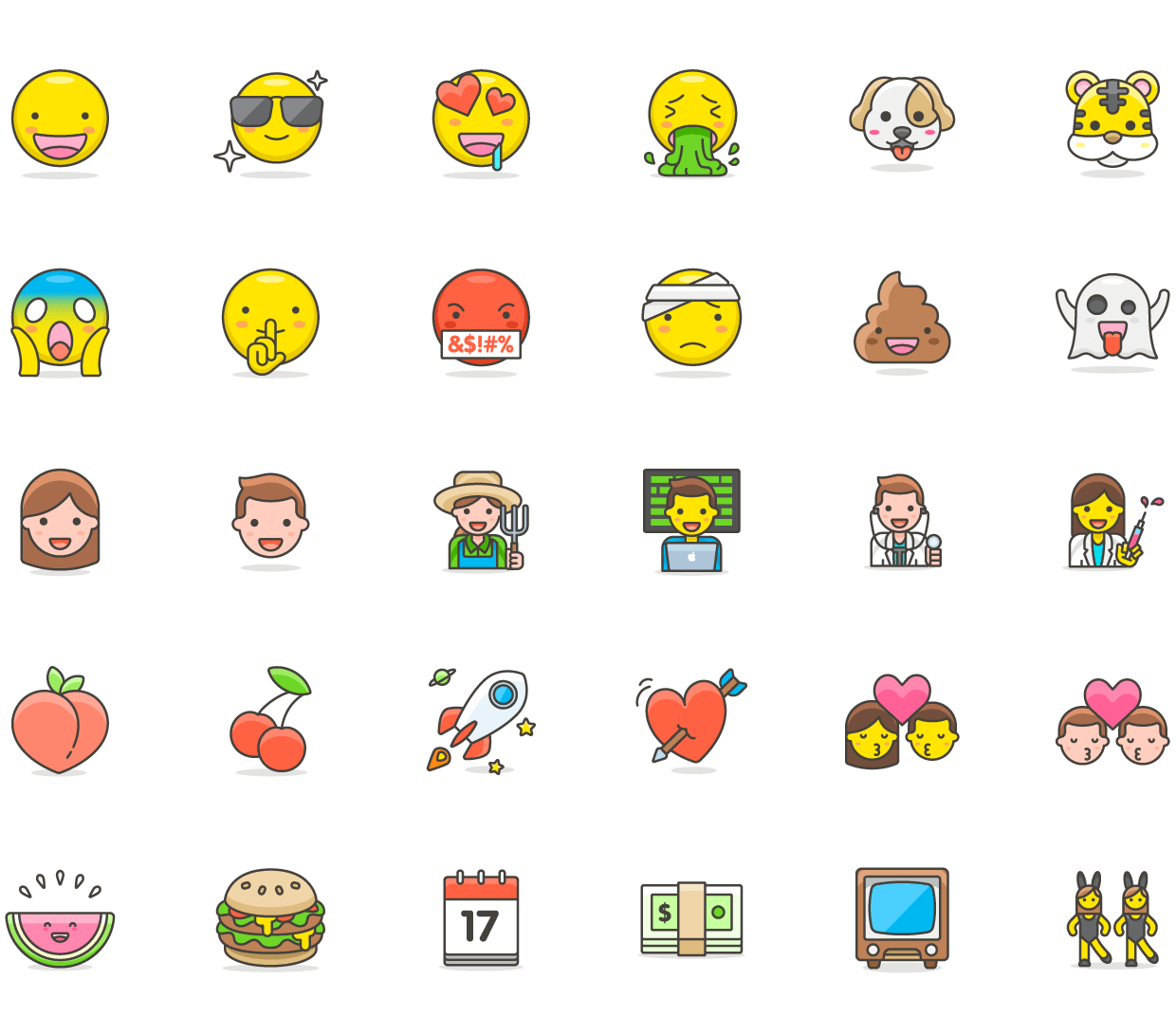Our story
How a side project brought me to financial independence in 3 years
I think that many designers, developers and makers are all dreaming about being independent. I know I was.
First it’s independence in terms of what you do: being able to choose your work, to create something of value, to have creative control — ultimately, to create a product worth creating, not just deliver something that a client will pay for.
Second it’s independence in terms of money: being able to earn good money while doing good work.
This may sounds a bit naive, but this was my dream. I made it come true and I’d like to share how I’ve done it. Not to brag, but rather to share. I wish that more talented people would take the risks and work for themselves on things they truly believe in.
How client work led to making the first icon pack
I've been doing web and interface design since 1998. I loved the work. But after a while a lot of what I was doing began to feel very repetitive. I felt like I was wasting a lot of time doing the same thing — over and over again.
To save time, I started buying icon packs made by other designers to reuse in my projects. I constantly ran into problems with them: it was hard to find an icon I was looking for, or a collection was missing some critical icons that I needed for a specific project. All in all, there was no consistent and comprehensive icon set out there.
I realized this around 2010, and I decided to create my own design framework — just as a fun side project. I created an Interface Design Framework, which I released for free. It was very well received in the design community.
I quickly followed up and made my first product in 2010: Minicons, the first icon pack containing 750 icons. It doesn't sound very impressive today, but 8 years ago it seemed like a lot!
My mission: democratize good tools for makers
From this point on I was sure that I want to keep doing icon packs. I had a very clear idea about what the pack should be:
1. Reusable. It should be convenient to use it on every project.
2. Comprehensive. It should contain as much icons as possible.
3. Consistent. The icons should be executed in the same style.
4. Maintainable. No matter the scale, it should be simple to find your way around the collection.
5. Accessible. It should not be just for designers — rather, it should be inclusive, so that as many non-designers as possible can use it: developers, marketers, and so on.
On a higher level, my mission was to democratize good tools for designers and make them accessible without compromising on quality: it's not cheap, it's affordable.
Taschen was a major source of inspiration for me. It's a major art and design publishing house that started as a comic book shop in 1981. They democratized the art books market: those books used to be extremely expensive, so Benedikt Taschen started printing much cheaper editions, while still adhering to very high quality standards. For example, their first book ("New York" by Reinhart Wolf) sold for 30 deutschmarks — versus 168 for the original edition. Unsurprisingly, it sold out in a matter of days.
I wanted to do exactly the same thing with icons. Partly because I appreciate things that are well-crafted; partly because I learned a lot from Taschen books when I was young — because they were affordable!
4,000 icons that started paying my bills
In 2013 I quit client work and started working on my first big icon pack full-time. Same year Streamline was released – it was a first iOS icon pack with over 1,000 icons, all with adjustable strokes. This was the year when the dream came true: finally, I was making more money selling my own products than doing client work.
In 2015 I completed Streamline 2.0, the first 4,000-icon pack.It quickly became an essential tool for major companies, like Adobe, Mercedes Benz, Sprint or Trulia.
From icons to illustrations, from working alone to building a team
Fast-forward to early 2017, I noticed that there is a clear trend for illustrations: more and more designers use them in apps, websites, and elsewhere. I thought that I could apply the same principles that worked well for icons to illustrations. There are a lot of companies that want to use good illustrations, but can't afford hiring great professionals. Well, I thought that it should not be an obstacle.
This idea turned into Streamline UX: a collection of over 3,000 illustrations, executed in 3 styles and split across 45 categories. This project, launched in January 2018, took more than 10,000 hours to complete 😱 Luckily, I now have 7 collaborators whose contribution is invaluable.
The story is not stopping here. I will keep adding more graphic assets and improving existing ones over time, and I intend to make them a default go-to tool for designers and developers.
If you're interested in news about my icons and illustrations, please follow me on Twitter to receive the updates first-hand.
Thank you for reading!
